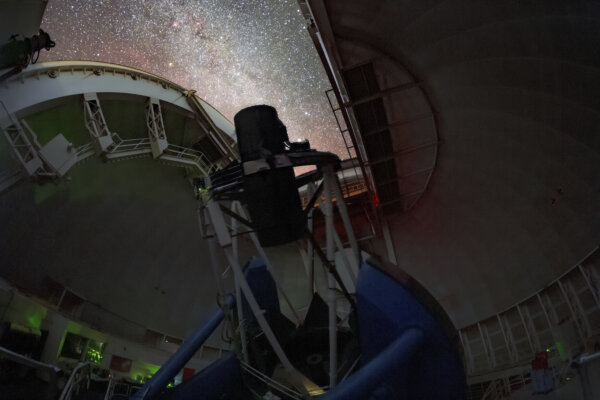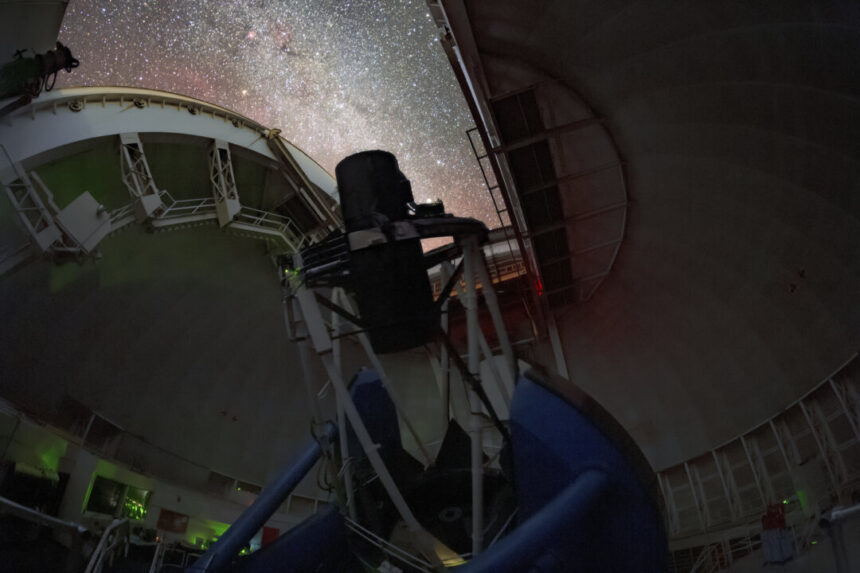
Recent observations of distant galaxies are challenging scientists’ understanding of dark energy, a mysterious force believed to be responsible for the accelerating expansion of the universe. While dark energy has long been considered a constant force driving this expansion, new findings suggest that it may not be as uniform as previously thought.
Dark energy is thought to make up a significant portion of the universe, accounting for nearly 70 percent of its total mass, while ordinary matter constitutes only 5 percent. However, a collaborative study involving over 900 researchers has revealed that the influence of dark energy on the movement of galaxies may not be consistent over time.
The Dark Energy Spectroscopic Instrument, a project involving a telescope in Arizona, aims to map the universe’s history over billions of years to track the clustering of galaxies and understand the evolving nature of dark energy. The data collected so far suggests that dark energy may be changing or weakening over time, challenging the current cosmological model.
While these findings are not conclusive, they raise questions about the true nature of dark energy and its implications for the future of the universe. Further observations and analyses are needed to determine whether the existing theories about dark energy are accurate or if a new understanding is required.
The behavior of dark energy is crucial in determining the fate of the universe, with potential scenarios ranging from continued expansion to a catastrophic “Big Rip” scenario. Scientists are eager to unravel the mysteries surrounding dark energy to better understand the ultimate destiny of our universe.
By Adithi Ramakrishnan





